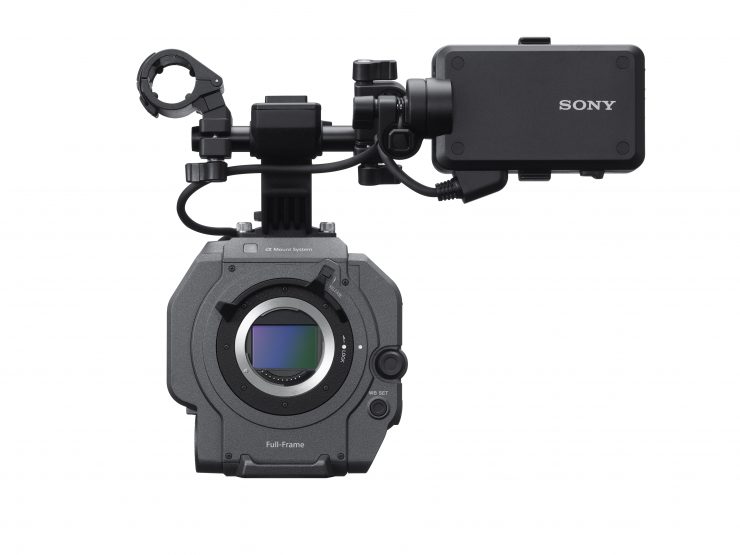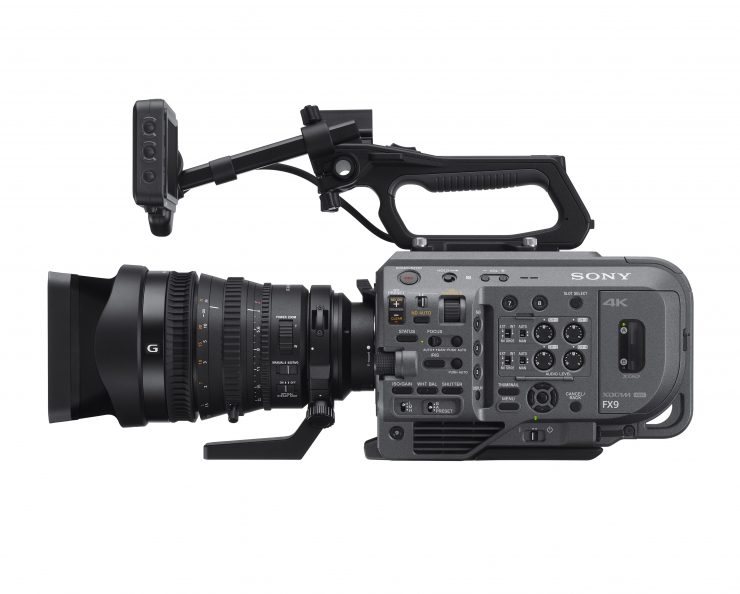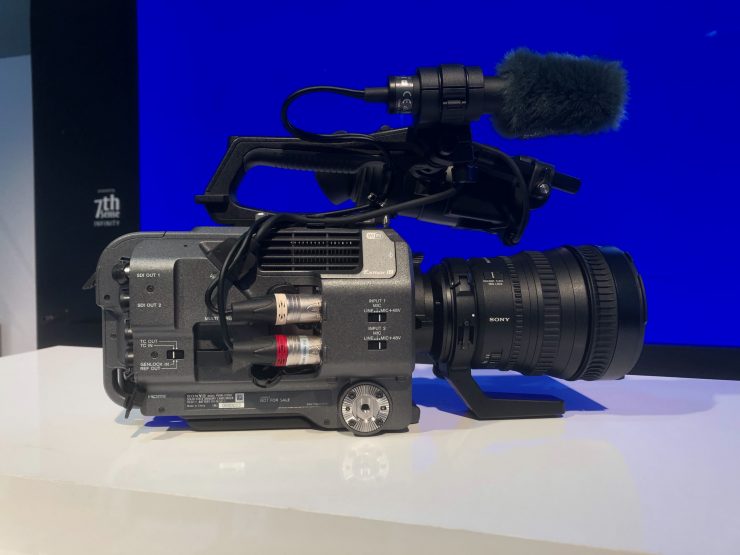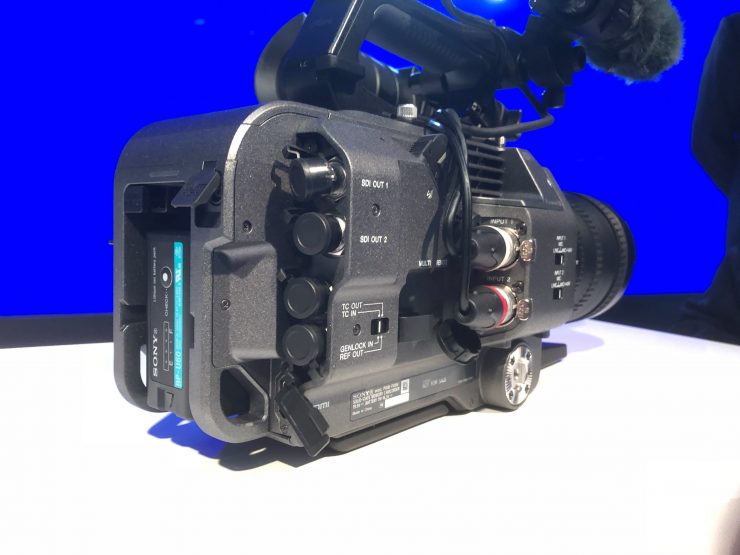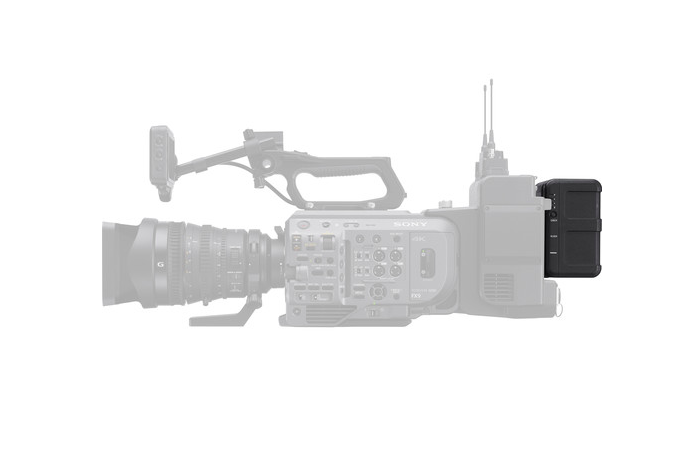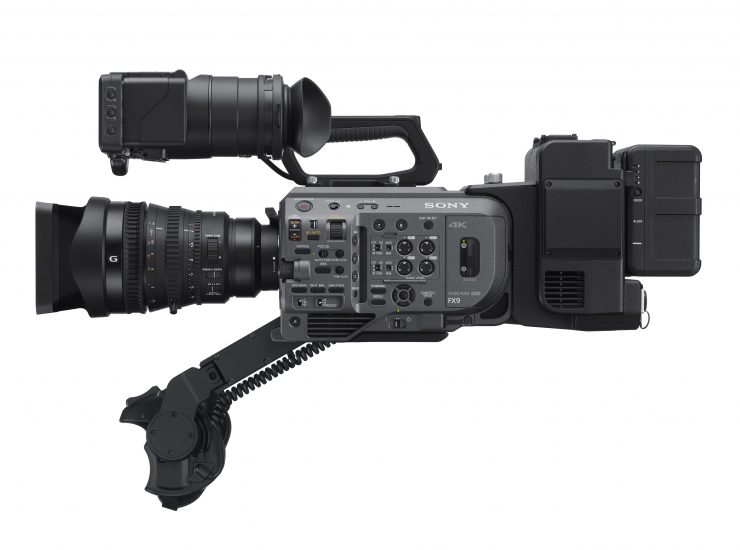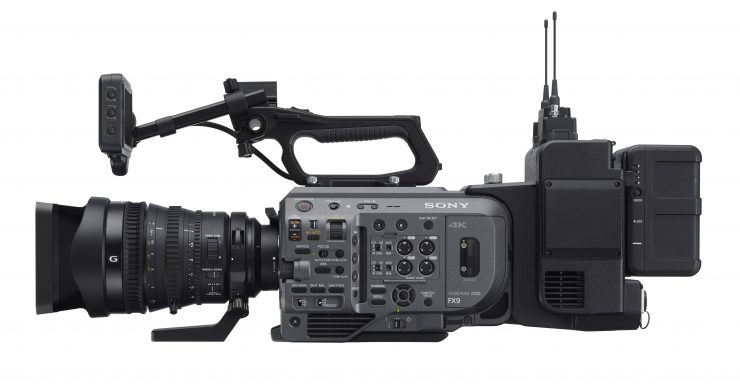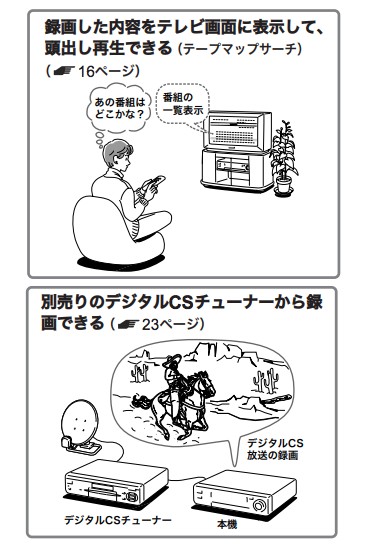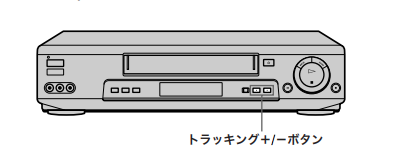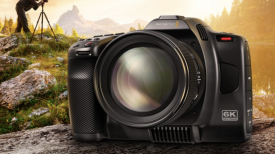Sony has announced the PXW-FX9 camera at IBC 2019 in Amsterdam. The PXW-FX9 uses a full-frame 6K sensor and has a Fast Hybrid Auto Focus (AF) system.
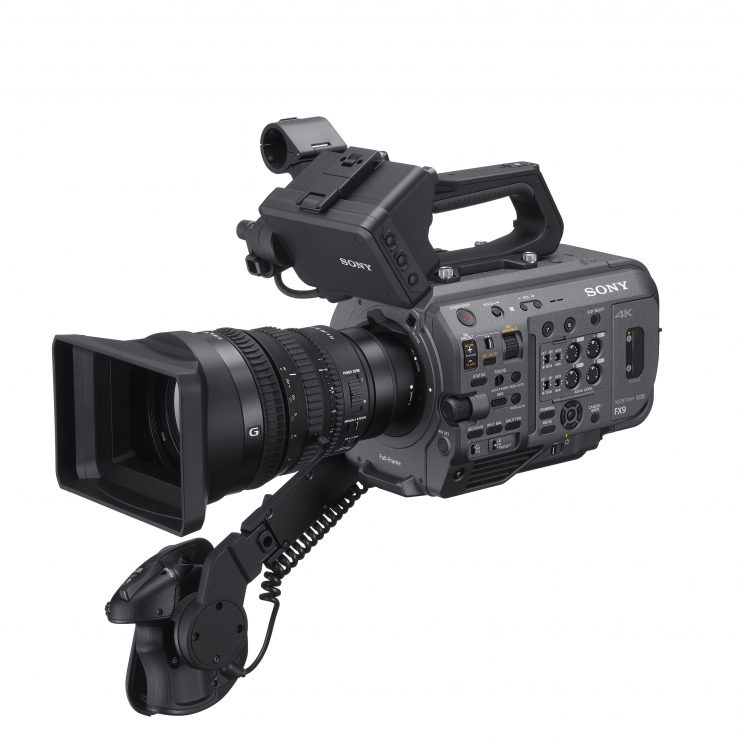
FX9 Key features
- 6K full frame sensor
- Dual Base ISO 800/4000
- AF with face detection and Eye-AF
- 4K 4:2:2 10bit internal recording
- UHD up to 60 fps, HD up to 180 fps
- Four channels of audio
- External 16-bit RAW recording with add-on unit
- 10-bit S35 4K at 120fps to an external recorder
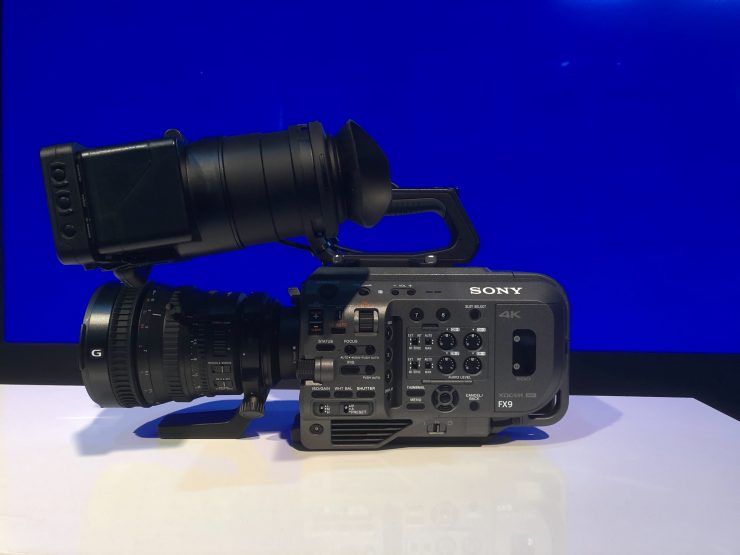
Sensor
Everyone seems to be going with full-frame sensors these days, so it’s not really a surprise that Sony has opted to use one in the FX9.
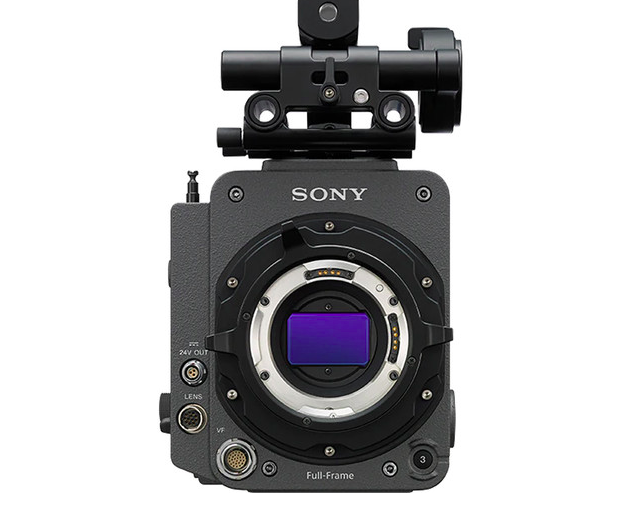
We aren’t sure yet if the FX9 utilizes the same sized 24.8MP 36.2 x 24.1mm full-frame CMOS sensor that is found in the VENICE. Sony says that the newly-developed 6K Full-Frame sensor in the FX9 offers wide dynamic range with high sensitivity, low noise and over 15 stops of latitude.
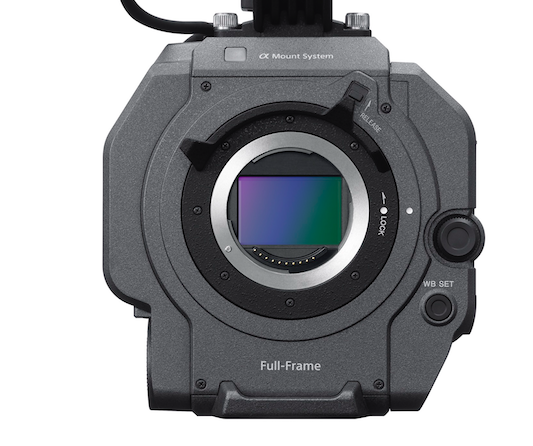
Even though the sensor is 6K, the FX9 can’t record in resolutions above 4K DCI. Initially, the camera will record in 16:9. 17:9 (active about 19M pixel) will be supported by a future update.
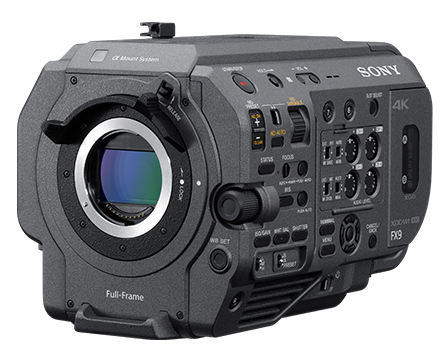
Dual ISO
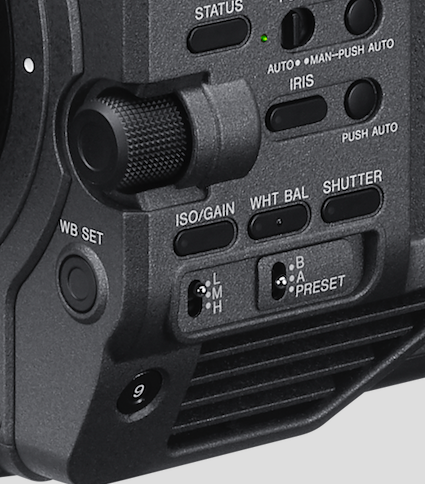
We have seen Panasonic successfully implement Dual ISO into the Varicam 35, Varicam LT, EVA1, and S1H. Sony has done the same thing with the VENICE. The VENICE offers a base ISO of 500 as well as a High Base ISO of 2500.
On the FX9 the Dual Base ISO is 800 and 4000.
Auto Focus
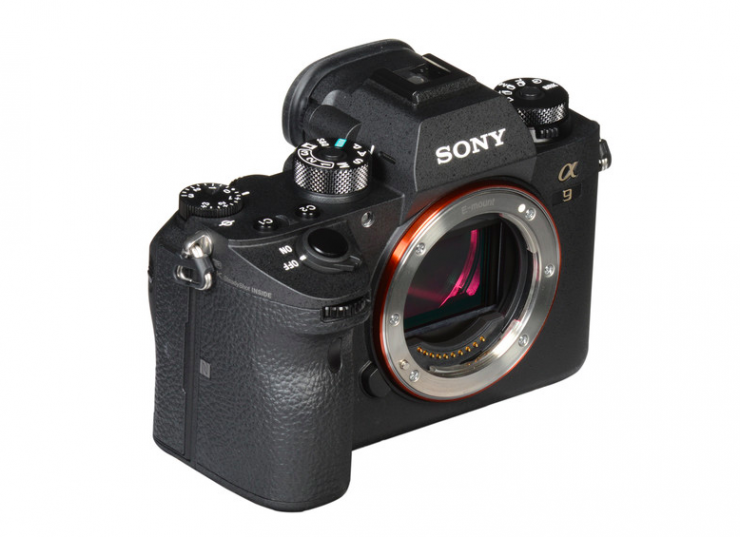
The FX9 features a next generation sensor chipset providing much improved AF with face detection and Eye-AF. This is technology that has made its way over from Sony’s Alpha series mirrorless cameras.
The enhanced Fast Hybrid AF system has customizable AF transition speeds and sensitivity settings, and also combines phase-detection AF for fast, accurate subject tracking with contrast AF for exceptional focus accuracy. The dedicated 561-point phase-detection AF sensor covers approximately 94% in width and 96% in height of imaging area, which Sony claims provides consistently accurate, responsive AF tracking, even with fast-moving subjects while maintaining shallow depth of field.
There are seven-level AF transition speeds from fast-switching between subjects as quickly as possible to slow, where speed is reduced to fit a more measured shooting style, such as a historical TV drama.
Five-level AF subject shift sensitivity ranges from locked-on, ignoring other moving subjects in the frame, to responsive that switches focus from one subject to another—ideal for snapping between race cars as they speed by.
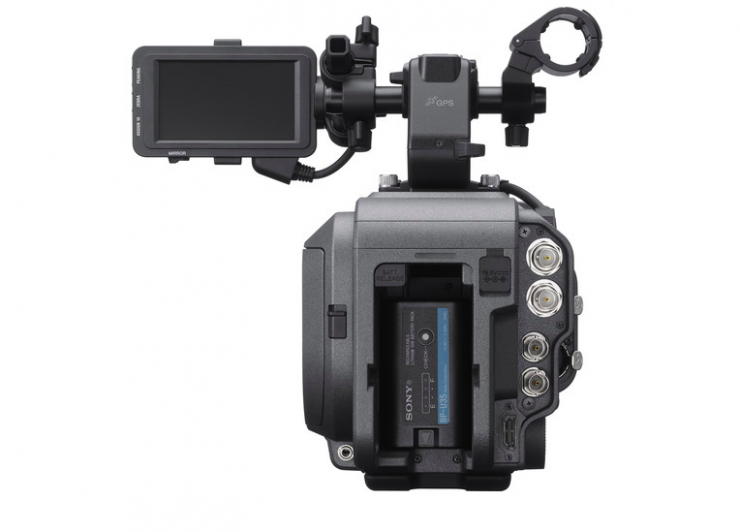
Stabilization (well sort of)
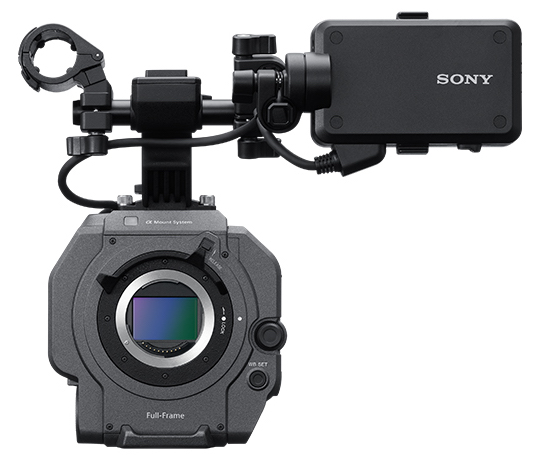
Now, we aren’t exactly sure how this works yet, but according to Sony, by recording image stabilization information and using it on the Catalyst Browse/Prepare option, content creators can capture incredibly stable visuals even in handheld mode. Sony is also working to encourage other third-party non-linear editing tools to adopt this functionality.
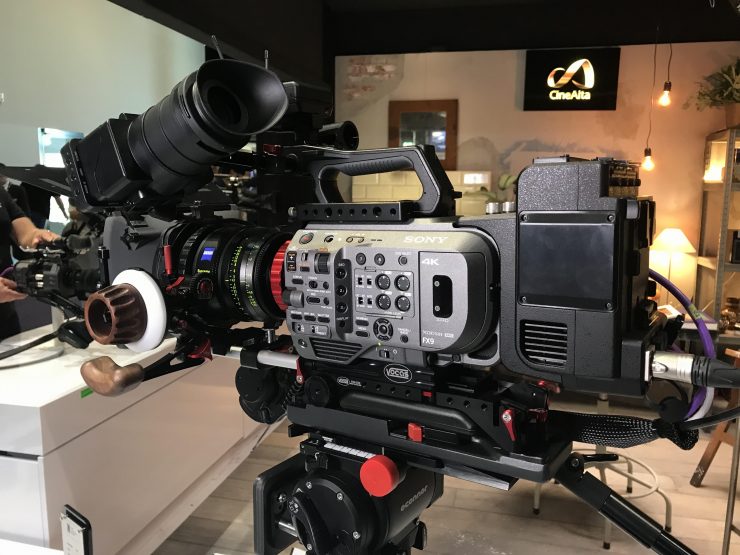
UPDATE: Advanced image stabilization information means even handheld footage can be transformed with Sony Catalyst Browse/Catalyst Prepare software in post-production to look as smooth as if it were shot with a gimbal. Unlike in-camera or lens stabilization, metadata generated by the FX9’s built-in gyro allows you to creatively choose the balance between the level of shake compensation and the resolution of trimmed 4K imagery. This feature is also compatible with any E-mount lens and allows for far faster processing than conventional NLE stabilization workflows.
Form factor
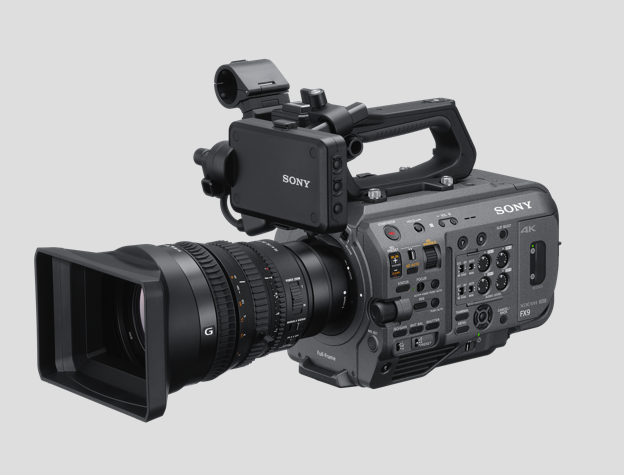

Sony FX9 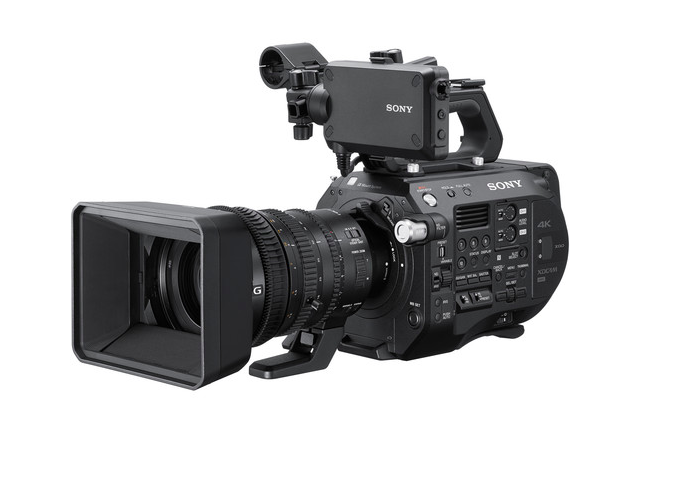
Sony FS7
The FX9 isn’t a massive departure away from the form factor of the FS7. It looks very similar in a lot of ways.
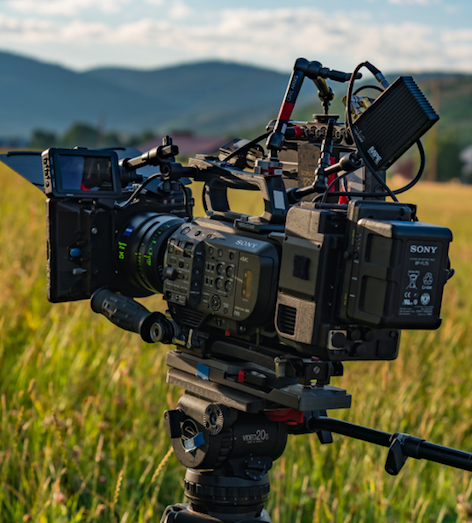
The top handle, microphone holder and onboard LCD screen look to be identical.
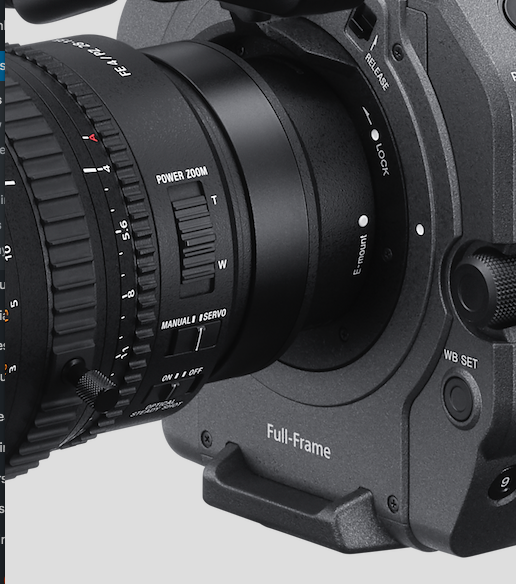
In no real surprise, the new camera also retains the same locking E-mount from the FS7 M2 that is fully compatible with E-Mount lenses and supports all electronic connections. The locking mount reduces lens play and allows you to use most 35mm lenses including PL, EF, Leica, and Nikon via optional adapters. This stronger E-mount is also handy for using heavier-long cine-zooms without having to add additional lens support.
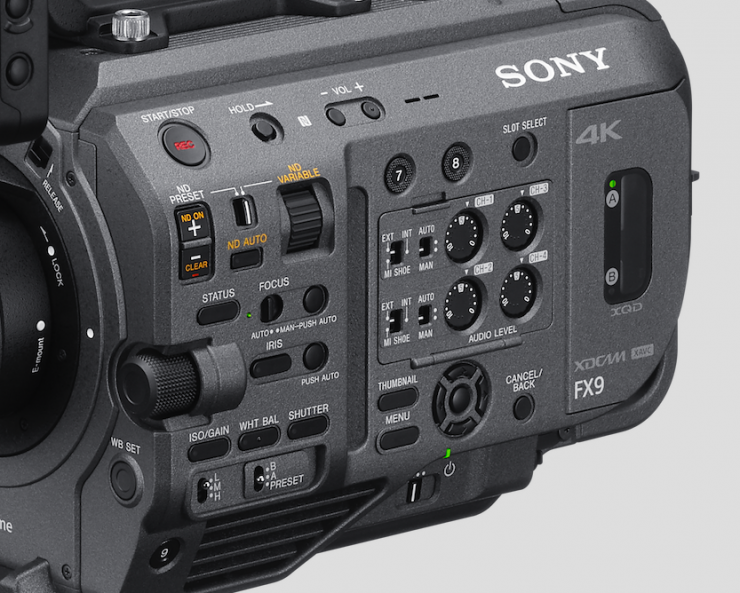

Sony FX9 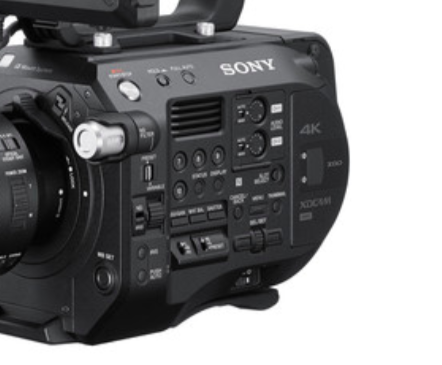
Sony FS7 M2
If you look closely there are quite a few differences. to the button placement and layout. As you can see, the ND controls have moved from a dial on the FS7 Mark II to a series of buttons on the FX9.
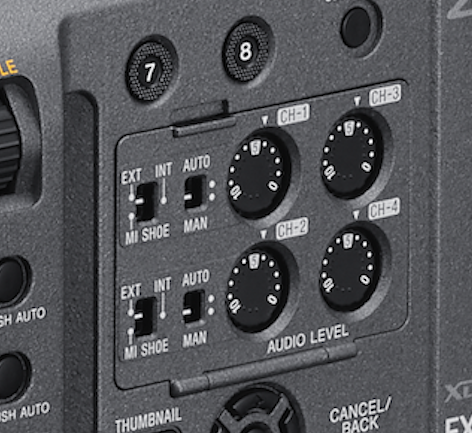
It’s also interesting to see that the FX9 has controls for four channels of audio. It looks like you will be able to use the MI Shoe on the camera to have two channels of audio coming directly into the camera and then use the two XLRs for your other two channels.
“Today’s content creators require a camcorder that is agile, versatile and customisable to their specific creative needs, yet also offers superior performance and image quality. With the new FX9 we are striking the perfect balance between agility, ergonomics and powerful features, offering content creators the complete toolset to achieve their full artistic intention. At Sony, we consistently listen to our customers and every product, solution or service we unveil has always been developed with their specific needs in mind. Our latest flagship camcorder is no different and we are excited to see how it will help content creators to go make tomorrow.”
Norbert Paquet, Head of Product Management at Sony Professional Solutions Europe
What can it record?
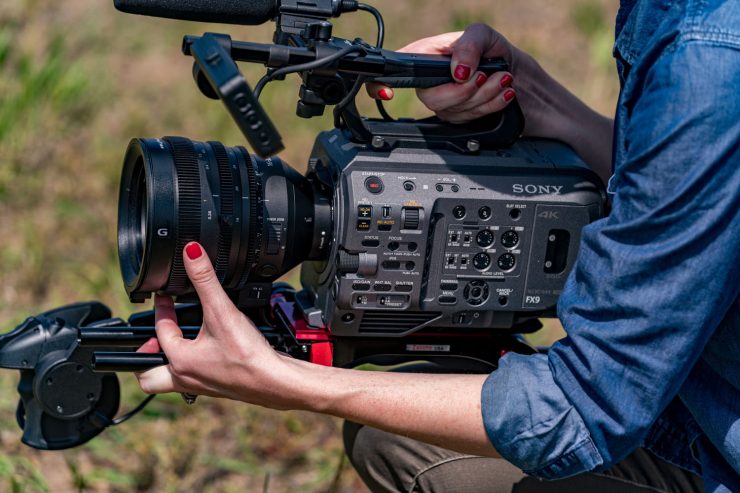
The FX9 can only internally record in resolutions of up to 4K DCI. The camera will downsample from 6K to get a 4K DCI image. There was no way Sony was going to give the FX9 the ability to record full-frame 6K internally. Their flagship VENICE requires a paid license upgrade to record full-frame 6K. The CKZ-3610F Full Frame Permanent Software License for VENICE is a whopping $4,000 USD.
There’s nothing terribly exciting here. The FX9 can capture UHD 4.2.2 10-bit at up to 60fps. It can capture 120fps in full HD.
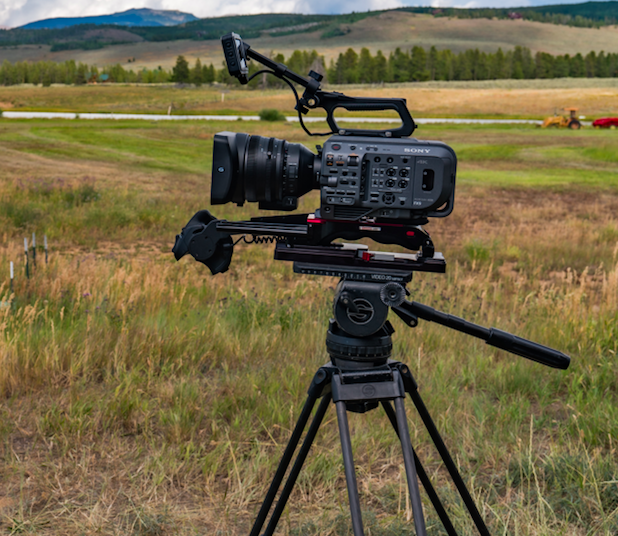
MPEG HD422/XAVC-I/XAVC-L 4:2:2 10-Bit:
4096 x 2160p up to 60 fps
3840 x 2160p up to 60 fps
1920 x 1080p up to 120 fps
The camera features a claimed 15-stop dynamic range and records 10-bit 4:2:2 to dual XQD media card slots that support simultaneous and relay recording, as well as multiple backup recording modes that utilize proxy files. The camera can record DCI (4096 x 2160), UHD (3840 x 2160), and HD (1920 x 1080) internally at a selectable frame rate from 1 fps up to 60 fps in XAVC-I, XAVC-Long, and MPEG HD formats. And with a future firmware update, it will be able to record HD at up to 180 fps and output 16-bit raw 4K/2K footage up to 120 fps. In addition to its wide dynamic range, its enhanced color and light features include a dual base ISO of 800/4000, which is helpful when in low-light situations or using a slower lens. Its 7-stop electronic variable HD filter can perform in auto or manual mode, smoothly adjusting from 1/4 to 1/128 density. The camera’s default S-Cinetone color is said to offer the same soft, vivid tone as with Sony’s VENICE camera.
XAVC Proxy Rec is also available, offering a 9 Mb/s small size proxy file which will be easily sent via a network. Also, a maximum 28-second Cache Rec is available to prevent missing any shot.
Now, it is important to note that at launch the camera is only capable of 3840×2160 recording. 4096×2160 recording will be supported by a future update.
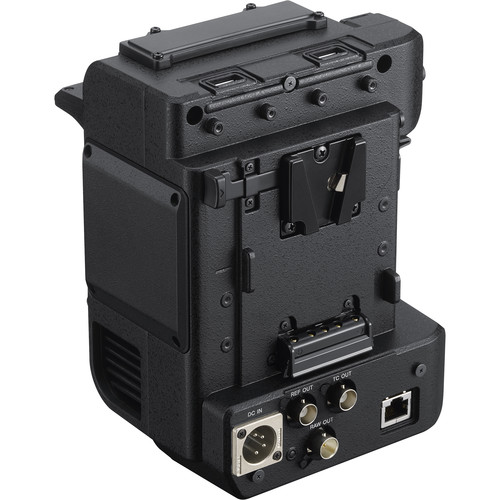
If you use the optional XDCA-FX9 extension kit you can also output 10-bit S35 4K at 120fps to an external recorder.
As a comparison, the Sony FS7 M2 can capture footage to XQD media cards in either DCI 4K (4096 x 2160) or UHD 4K (3840 x 2160) at up to 59.94 fps or HD at up to 180 fps. In XAVC-I 4:2:2 10-Bit the camera can do 3840 x 2160p at 23.98/25/29.97/50/59.94 fps (240 to 600 MB/s). The FS7 M2 can also output 4096 x 2160 12-Bit and 2048 x 1920 12-Bit RAW to compatible external recorders.
What media do they use?
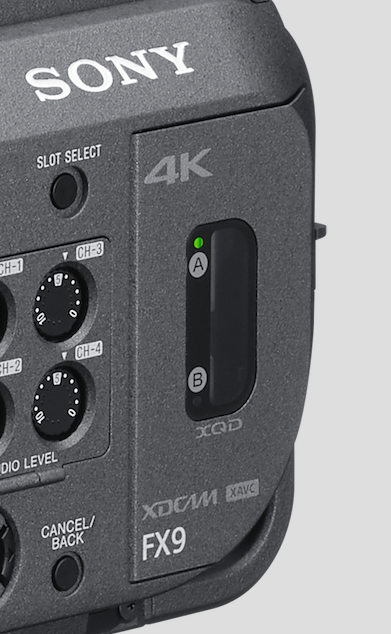
The FX9 features two XQD media slots that support simultaneous or relay recording. We will find out if the camera will support CF Express in the future. UPDATE: According to Sony there are no current plans for the camera to support CF Express.
Variable ND
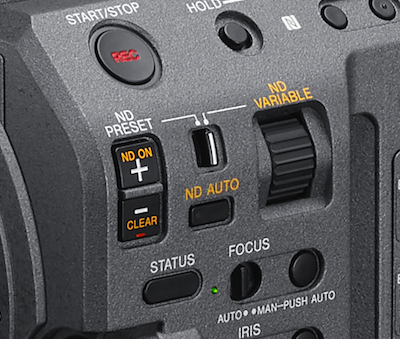
Just like the FS5, FS5 Mark II, and FS7 M2, the FX9 utilizes an electronic variable ND system that provides a clear filter and 3 user-definable presets. The variable ND can be adjusted to provide between 2 and 7 stops of ND.
There is also a new ND auto button.
External RAW recording
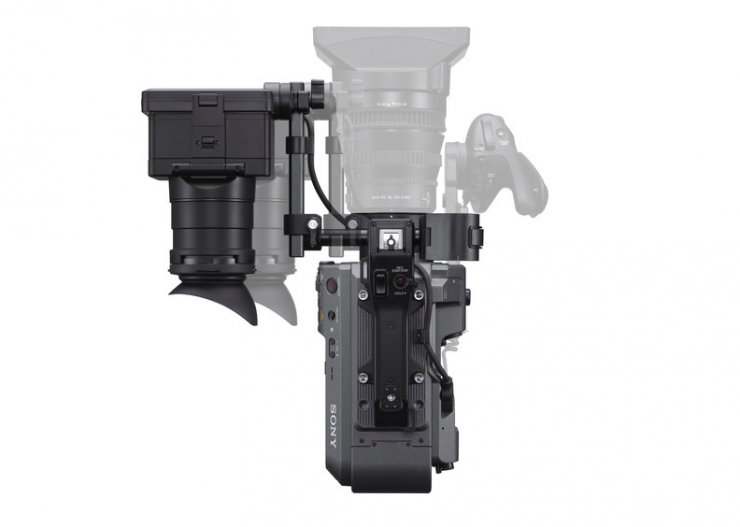
With patent issues prohibiting internal compressed RAW recording, the FX9 will only be capable of recording RAW externally. To do this you will need an optional module.
Unfortunately, you can’t use the existing XDCA-FS7 Extension Unit that is for the FS7/FS7 M2, so Sony has come up with yet another module.
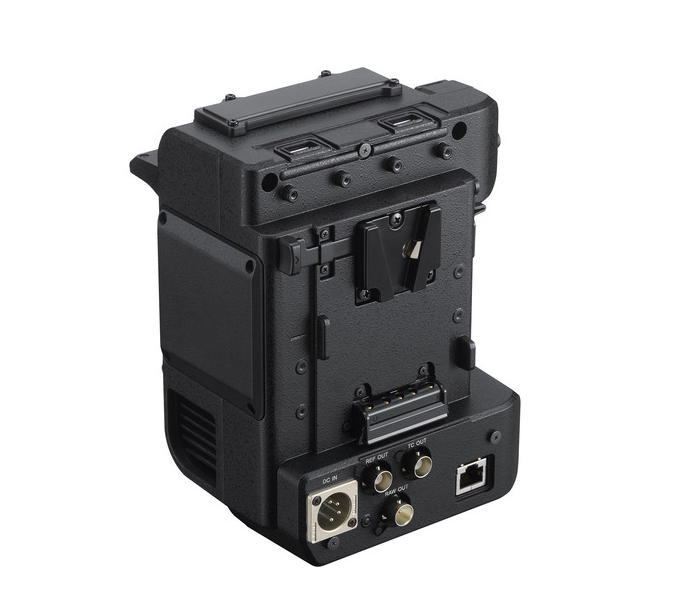
The XDCA-FX9 extension ($2,495 USD) kit will enable you to output 16bit RAW that can be captured to a compatible external recorder, in this case, we assume they are referring to the Sony AXS-R7 External 4K RAW Recorder ($6,980.00 USD). We imagine that just like the FS7 M2, that you will also be able to record ProRes RAW to a compatible Atomos device as well via the 12-bit 4K/2K RAW output.
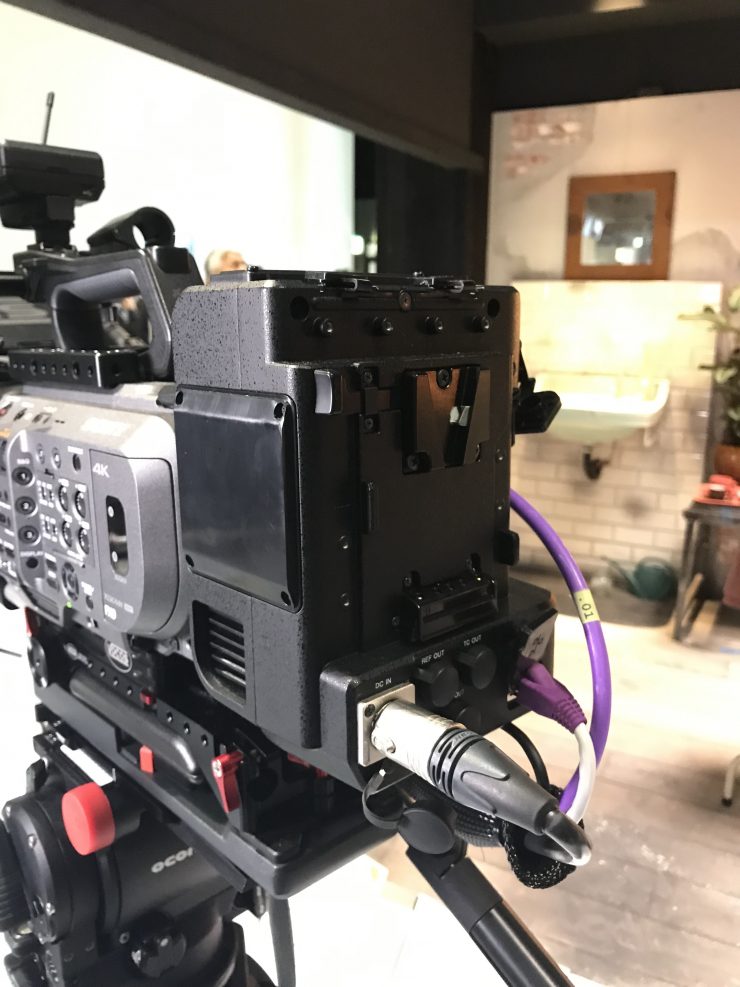
UPDATE: According to Sony the XDCA-FX9 extension won’t work with the R7 recorder. Although it will be able to output 16-bit linear RAW in a future firmware update, there are currently no external recorders available that can record that signal.
By adding the XDCA-FX9 Extension Unit to the back of your PXW-FX9 camera you can sort of create a more ENG-style shoulder mount style camera with additional I/O and power to your camera. The unit features a 4-pin XLR DC power input and D-Tap and 4-pin Hirose DC power outputs to power accessories and other equipment. A LAN interface and two USB ports provide live streaming and file transfer abilities, as well as compatibility with XDCAM Air streaming playback.
Future firmware updates will enable 16-bit raw 4K/2K recording output to compatible external recorders, as well as provide functionality to a built-in wireless audio slot for DWX/UWP wireless receivers.
- Enables ENG-style shoulder mounting
- Attachment for powering camera from a V-mount battery
- 4-pin XLR DC input
- D-Tap power output
- 4-pin Hirose power output
- One LAN and two USB ports for live streaming and XDCAM Air capability
By using the XDCA-FX9 extension kit you can also output record 10-bit S35 4K at 120fps. It’s unclear at this stage if this can only be recorded to the AXS-R7.
Again, just like 4K DCI capture, the RAW output won’t be enabled at launch and will come in a future update.
UPDATE: According to Sony thay havent ruled out the possibility that the FX9 will be able to record 6K externally in the future.
No anamorphic
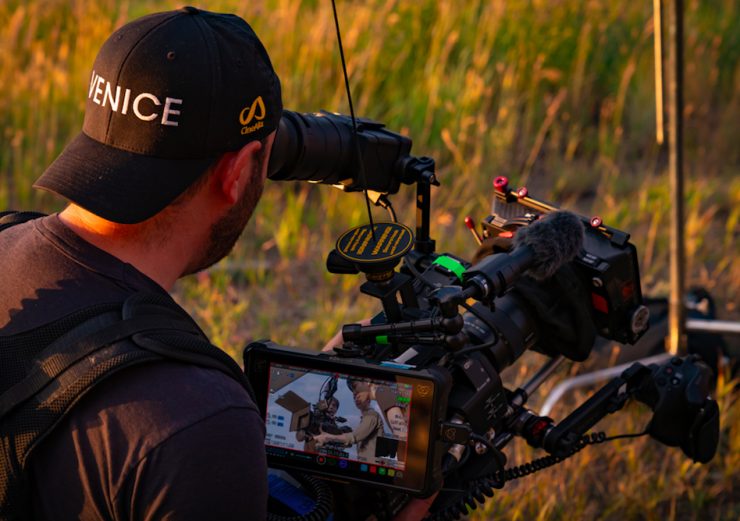
The FX9 isn’t capable of recording in any anamorphic modes. That is reserved for the VENICE.
Timecode & Genlock
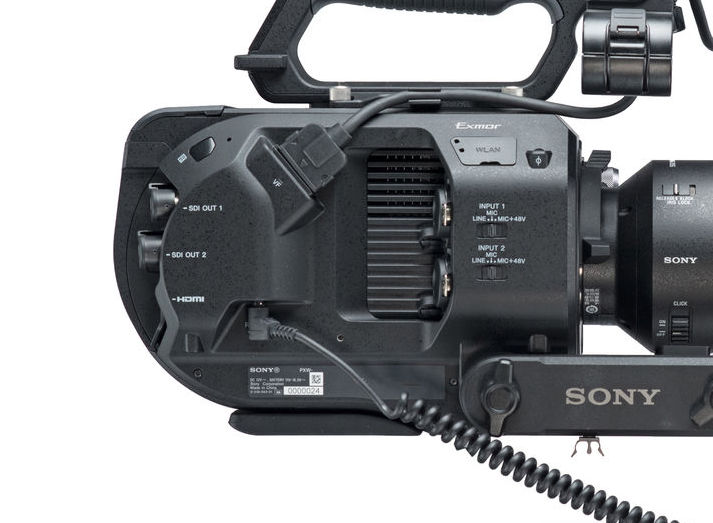

The FS7/FS7 M2 has no timecode I/O 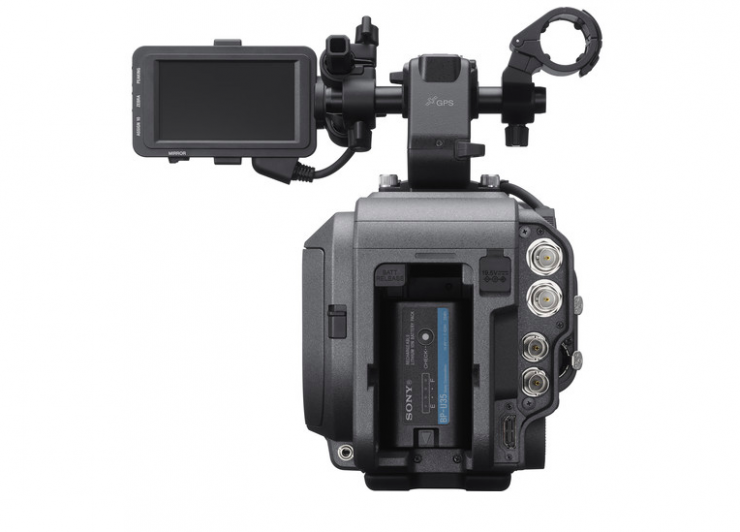
One of the main gripes from FS7 users was the lack of timecode syncing options available on the camera. To get timecode you had to buy the optional XDCA-FS7 ($1,998.00), this also allowed for RAW and ProRes recording with optional recorders.
Well, it looks like Sony have listened and the FX9 has a timecode In.
Firmware roadmap
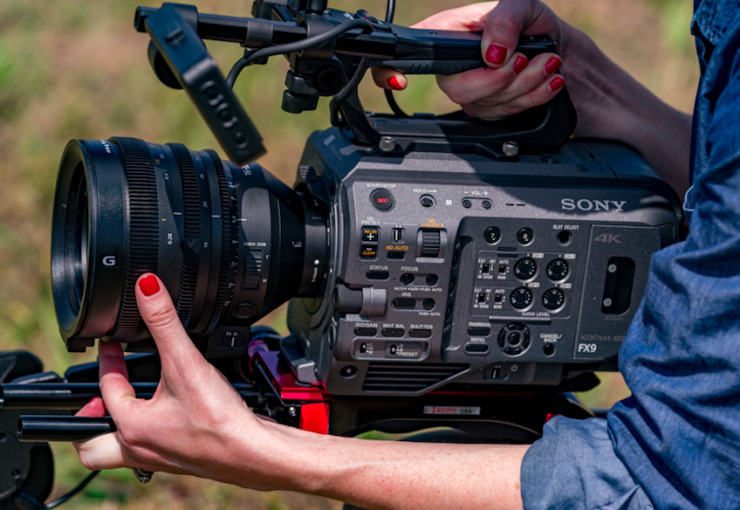
After release, the FX9 will release a number of firmware updates adding:
- 16bit RAW output (with XDCA-FX9)
- Full-frame 4K 60p/50p recording with oversampling (Image sensor scan size is around 5K)
- FHD 180fps shooting
- DCI 4K recording
- Support DWX digital wireless audio receiver (with XDCA-FX9)
No dates have been placed around the features.
Compatible Accessories
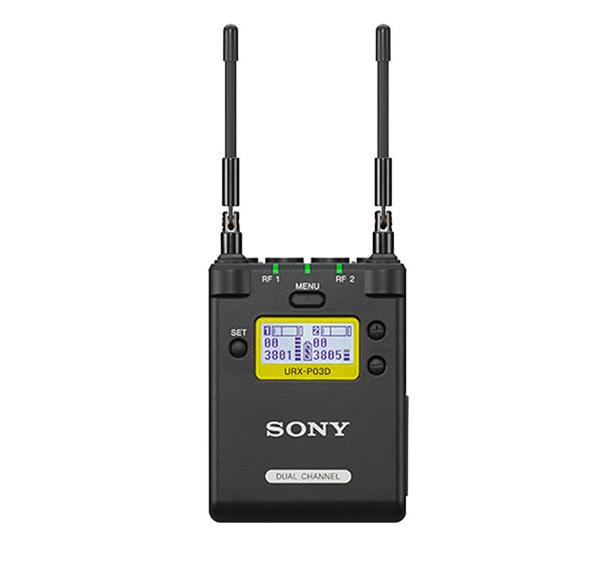
The FX9 comes with a range of customizations and expansion features. These include compatibility with the new UWP-D series of wireless microphones via Multi-Interface Shoe (MI Shoe) with digital audio interface, compatibility with Sony BP-GL and BP-FL series batteries, D-Tap, RJ-45 interface and stable “Dual Link” streaming by using two carrier lines.
It’s also compatible with DWX slot-in type digital wireless receiver commonly used in broadcasting settings.
The FX9 will also work with the newly launched E-mount lens FE C 16-35mm T3.1 G, which uniquely balances full manual operability for movie shooting and auto-control functions.
It’s not an FS7 replacement
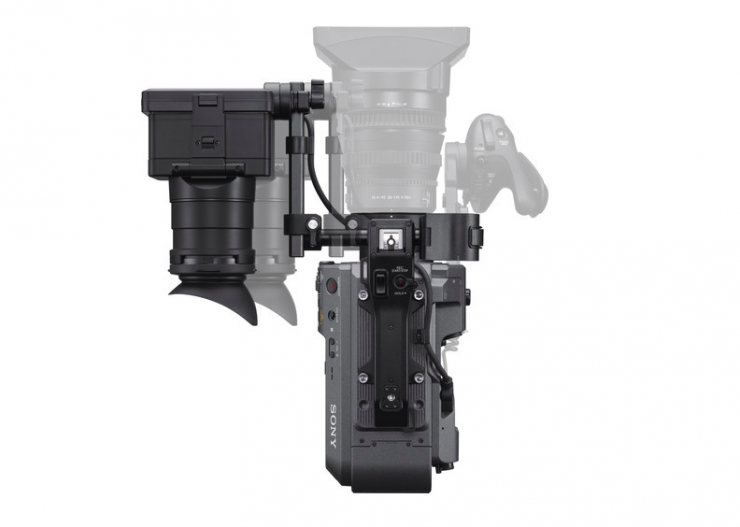
Even though you might think that the FX9 is an FS7 replacement, Sony will tell you that it is not. Sony isn’t discontinuing the FS7 M2 anytime soon. Both the FX9 and the FS7 M2 will be part of Sony’s line up going forward.
Price & Availability
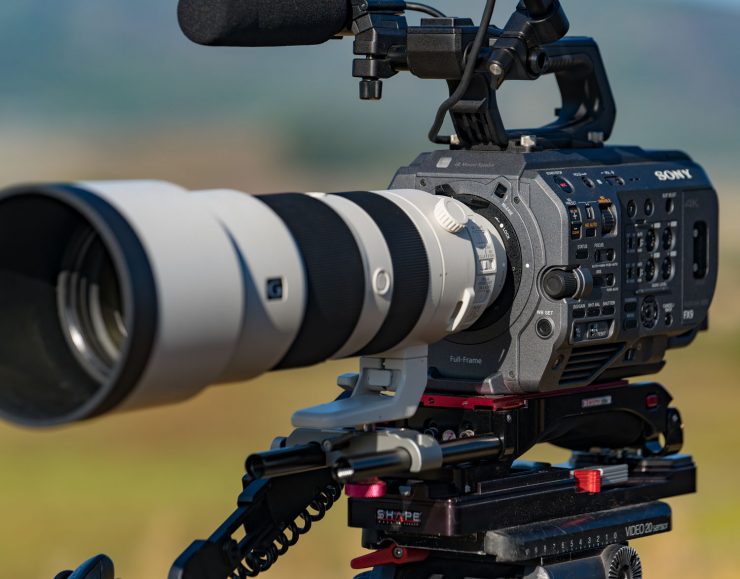
At $10,998 USD the FX9 is competitively priced when you look at its main competition, the Varicam LT, and Canon C300 Mark II. The C500 Mark II could also be considered competition, but it is significantly more expensive.
The FX9 is expected to start shipping in December with pre-orders starting from 3pm on Monday 16, September.
Sony PXW-FX9 XDCAM 6K Full-Frame Camera System (Body Only) – $10,998 USD
Sony PXW-FX9K XDCAM 6K Full-Frame Camera System with 28-35mm f/4 G OSS Lens – $13,498 USD
Sony XDCA-FX9 Extension Unit – $2,498 USD
Where does this camera sit?
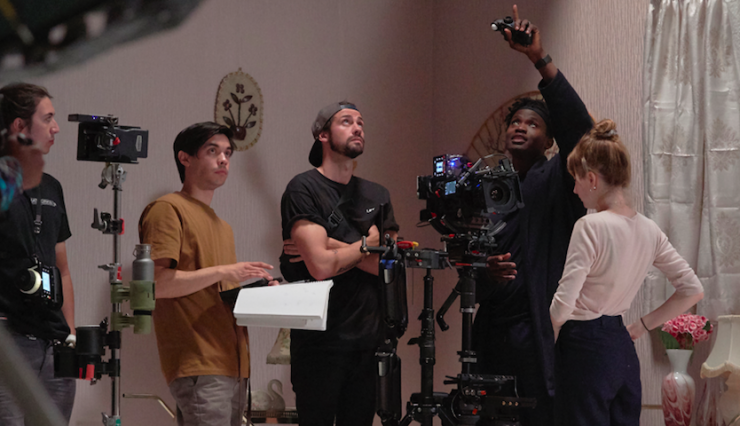
Whether you love Sony cameras or loathe them, the Japanese company has always priced its cameras aggressively. As I have mentioned in recent articles, the camera market has started to divide into two key sectors; the under $10K category and the high end. There really isn’t much in between. However, I’m not sure they got the pricing right with the FX9.
Sony almost always seems to get its camera timings just right (at least when it comes to digital cinema cameras). Half the battle is being first to market and providing something your competitors don’t. Just look at the F5, F55, FS5, and FS7. All of these cameras were released at a time when they didn’t have any direct competition.
Following in those footsteps, the FX9 is being announced at a time when no one else has full-frame digital cinema camera offerings that are under $10K. The question rolling around in my head that I keep asking myself is ‘has Sony offered enough with FX9?’.
The FS7 is the highest-selling S35 digital cinema camera of all time. It was a runaway success for Sony. As the old saying goes, “If it ain’t broke, don’t fix it.” Sony didn’t need to reinvent the wheel with the FX9, all they needed to do is provide a solid upgrade for users who want to step up to a full-frame version of the FS7.
People may be asking “Why doesn’t it shoot 6K?” In my personal opinion, it doesn’t need to. A large proportion of working professionals buying and using cameras in the under $10K price range are not being requested to shoot in 6K or RAW. 4K is still perfectly acceptable and will still be for quite some time.
The FX9 isn’t going to tread on any Sony cameras shoes. It’s not a direct threat to the VENICE, and Sony has already sold so many FS7 and FS7 M2s that they are hardly going to be worried about the FX9 affecting sales of those cameras.
Sony also has built a loyal customer base with the F5 and F55. There is no reason to replace either of these cameras. Even 7 years after they were first announced they are still widely used and accepted. Sony already has the VENICE, so there really hasn’t been a need to replace the F5 or F55.
Sony doesn’t have a tendency to cannibalize their line up. While it could be argued that the FX9 cannibalizes the FS7 M2, the price of that camera is likely to be reduced.
Who is it aimed at?
The FX9 is being aimed primarily at the same target audience that would be looking at an FS7. The FS7 is and continues to be a workhorse camera for professional users who are shooting news, events, documentaries, and corporate productions. It is arguably the most requested camera from production houses and broadcasters that costs under $10K USD.
Whether or not people shooting news, events, documentaries, and corporate productions actually want full-frame is debatable. That is why Sony will continue to sell the FS7 M2. Although in saying that, with a lot of people using speedboosters on FS7s there is clearly a demand for the full-frame esthetic.
A bit of trivia
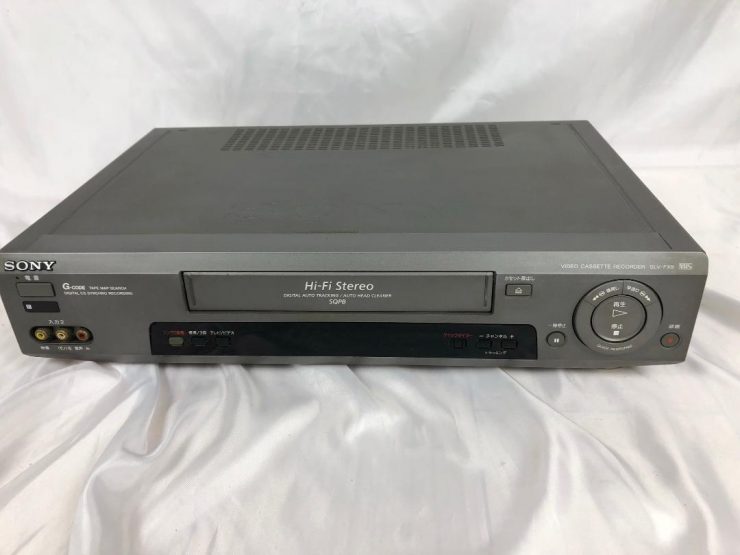
This isn’t the first time Sony has had a product called FX9. Back in 1998 Sony released the SLV-FX9. It was a VHS player/recorder.
Sony PXW-FX9 E-Mount
Image Sensor
| Image Sensor Size | 35.7 x 18.8 mm (Full-Frame) |
| Sensor Type | CMOS |
| Sensor Resolution | Effective: 4096 x 2160 |
Camera
| Lens Mount | Sony E-Mount |
| Built-In ND Filter | 4 to 128 Stop Electronic ND Filter |
| Recording Media | 2 x XQD Card Slots 1 x SDHC Card Slot |
Internal Recording
| Recording Modes | MPEG HD422/XAVC-I/XAVC-L 4:2:2 10-Bit: 4096 x 2160p up to 60 fps 3840 x 2160p up to 60 fps 1920 x 1080p up to 120 fps |
| Gamma Curve | Sony S-Log 3 |
| Audio Recording | 4-Channel |
Interfaces
| Video Connectors | 1 x BNC (12G-SDI) Output 1 x BNC (3G-SDI) Output 1 x HDMI (HDMI 2.0) Output |
| Audio Connectors | 2 x 3-Pin XLR Mic/Line Level (+48 V Phantom Power) Input 1 x 1/8″ / 3.5 mm Stereo Headphone Output |
| Other I/O | 1 x BNC Genlock Data Input 1 x BNC Timecode Data Input/Output |
EVF
| EVF | Optional, Not Included |
Power
| Battery Type | Sony BP-U Series |
| Power Connectors | 1 x Barrel Input |
Environmental
| Operating Temperature | 32 to 104°F / 0 to 40°C |
| Storage Temperature | -4 to 140°F / -20 to 60°C |
General
| Accessory Mount | 1 x Multi-Interface Shoe 1 x 1/4″-20 Female |
| Dimensions | 9.02 x 5.75 x 5.61″ / 22.91 x 14.61 x 14.25 cm |
| Weight | 4.4 lb / 2 kg |
Initial thoughts
As I mentioned earlier, if it ain’t broke, don’t fix it. The popularity of the FS7 speaks for itself, and what Sony has essentially announced today is a full-frame version of an FS7. Yes, it is a little underwhelming, and I’m sure we expected a camera that could record in 6K. Were we expecting too much? Maybe.
Does it have mind-blowing specifications? No, it doesn’t. On paper is it remarkably better than other options? Not really. The thing is, none of this is likely to matter. If you already owned an FS7 and just wanted a full-frame version with better autofocus then Sony is giving you exactly what you want.
We tend to expect a lot with camera releases, but if you look at the market, this is the first full-frame digital cinema camera that is under $10K USD. With what looks to be a vast improvement on autofocus capabilities when it comes to video, and with the addition of in-body stabilization, there is not too much to complain about.
People are likely to still complain that there’s no internal RAW recording, there are no anamorphic modes and that it can’t record in 6K, but as I mentioned earlier, most of the potential buyers of this camera don’t require most of those things.
While I’m not personally a fan of the FS7, it’s a popular camera and I get a lot of requests from clients asking if I own one or could I shoot on one.
The only concern here that I see is that there is now a lot more competition in the sub $10K category. When the FS7 originally came out 5 years ago it didn’t really have any competition. At the time this certainly helped with sales and early adoption. Now there is a lot of other options available and unless you really need full-frame, is it worth upgrading to this camera if you already own one of those other options? That’s a question only you can answer.
What is your reaction to this announcement? Is the FX9 the camera you have been waiting for? Let us know in the comments section below.
Like what we do and want to support Newsshooter? Consider becoming a Patreon supporter and help us to continue being the best source of news and reviews for professional tools for the independent filmmaker.

